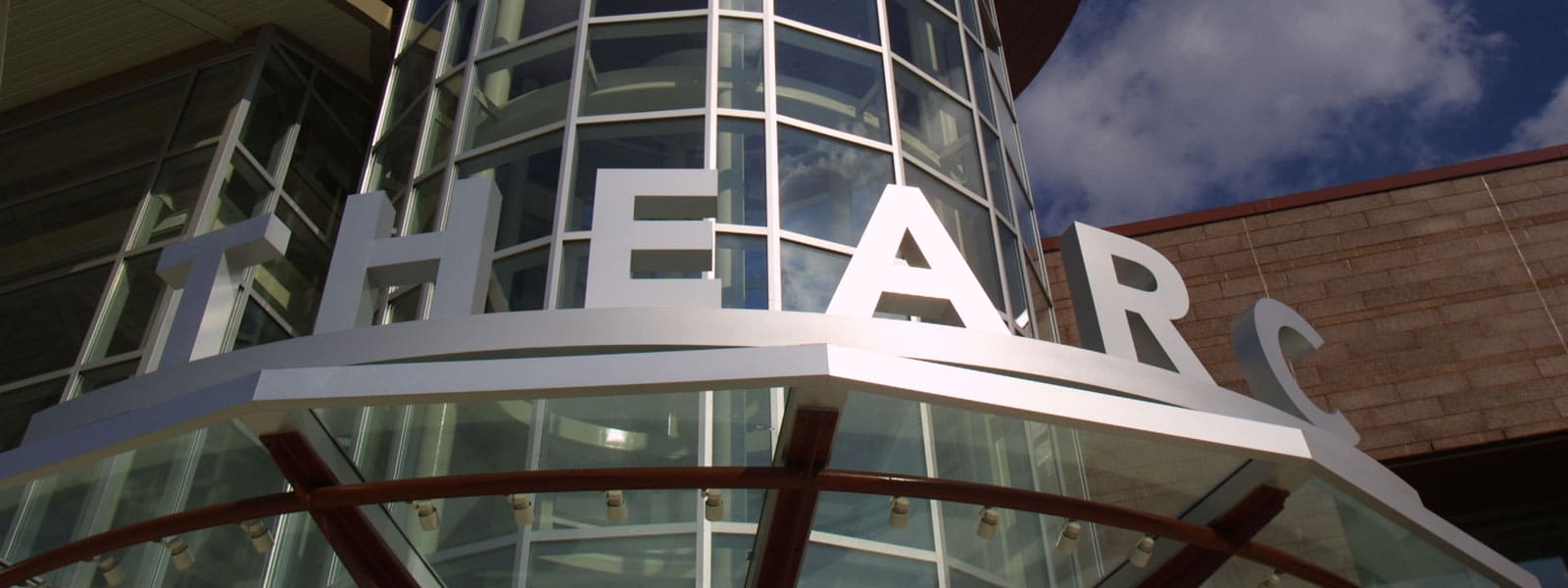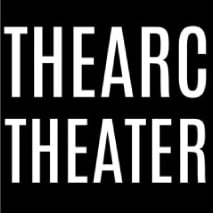Back to THEARC Blog
DCBIA Community Improvement Day
More than 300 people descended on THEARC campus Sept. 30 to participate in the DC Building Industry Association’s (DCBIA) 30th annual Community Improvement Day.
The event drew volunteers from all sectors of the city’s building industry, including architects, general contractors, landscapers and real estate developers. Together, they implemented design plans to activate the outdoor space on THEARC campus that borders Oxon Creek.
Starting at THEARC farm and heading into the woods along the creek, the participants built walking paths, seating areas, landscaped and painted. A new path leading from the Bishop Walker School parking lot now gives BWS students direct access to the newly activated space.
Planners divided the space into five zones: a portal area by the farm entrance; the forest; a trailhead area; the meadow area (behind Bishop Walker) and the water loop, bordering the creek.
Gabion planters and benches were installed to provide for new landscaping elements and seating areas.
Building Bridges Across the River President Rahsaan Bernard said “Projects such as this one THEARC have a profound impact on the people who live here, and create safer, and more vibrant neighborhood spaces and providing opportunities for growth and prosperity.”
Community Improvement Day features hundreds of industry and community members who volunteer their time to help design, develop and implement and install improvements and park and recreation facilities within the DC community. DCBIA has held this event in each of DC’s 8 wards.
Among the sponsors for THEARC event were WC Smith (title sponsor), HITT, DAVIS Construction, Redbrick LMD, Monarc Construction, Bohler DC, Whiting- Turner, Perkins -Eastman, KCCT, and Stantec.
Over the 30 years DCBIA has held Community Improvement Day, the volunteers’ work and dedication have been instrumental in transforming multiple community spaces across the city with an economic impact of more than $30 million dollars, when you combine the actual cost of resources and donated materials and time.





